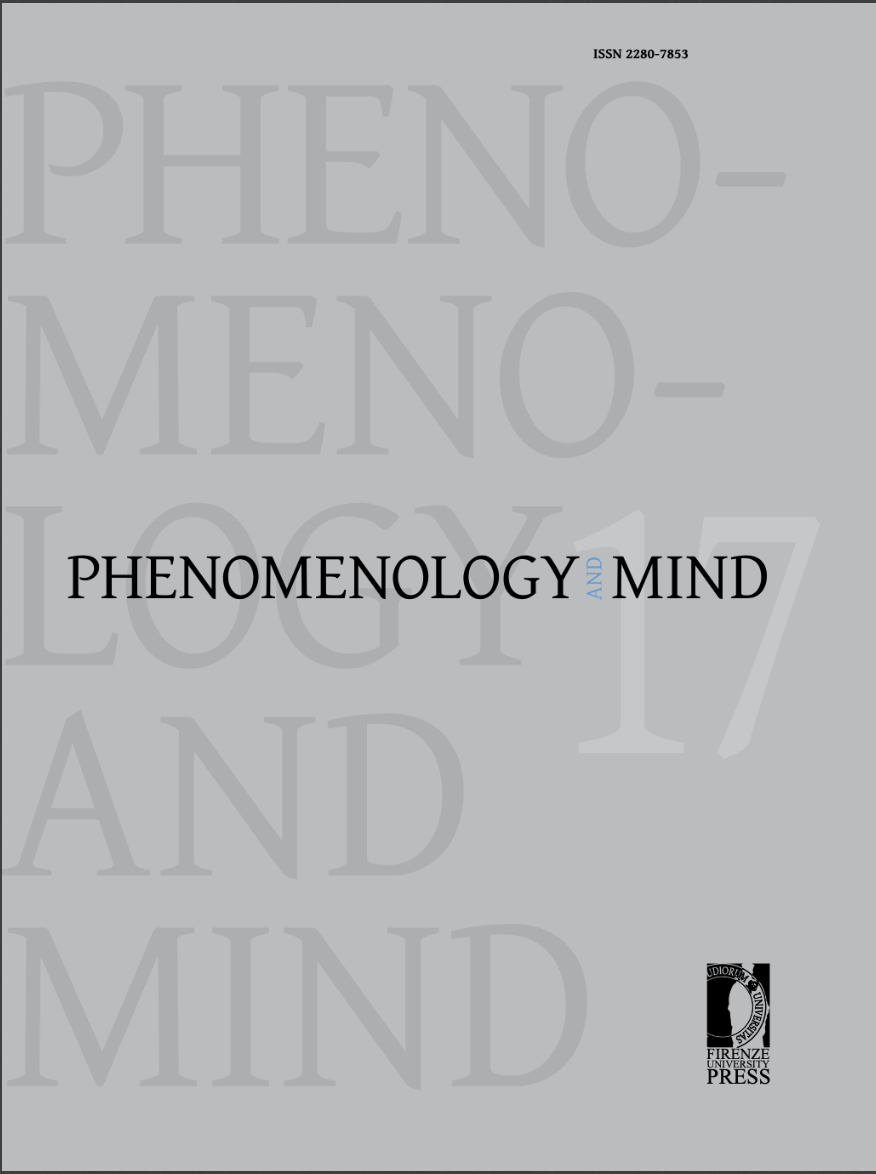Abstract
This paper discusses the question of how art might reveal important aspects of human cognition by taking as a starting point Alva Noë’s book Strange Tools. Art and Human Nature (2015). I argue that the enactive approach defended in this book has strong affinities with some recent art-historical approaches that take their cue from cognitive neuroscience, such as neuroarthistory (Onians, 2016). My main claim is that the extended mind thesis, which is implied in both approaches, fails to capture important aspects of the cognitive underpinnings of artistic practices. Finally, I bring into focus Noë’s ambiguous position with respect to the role of perception in aesthetic appreciation. What good comes from distinguishing between various ways of seeing while at the same time holding that art appreciation is a matter of value and judgment rather than perception and response?

